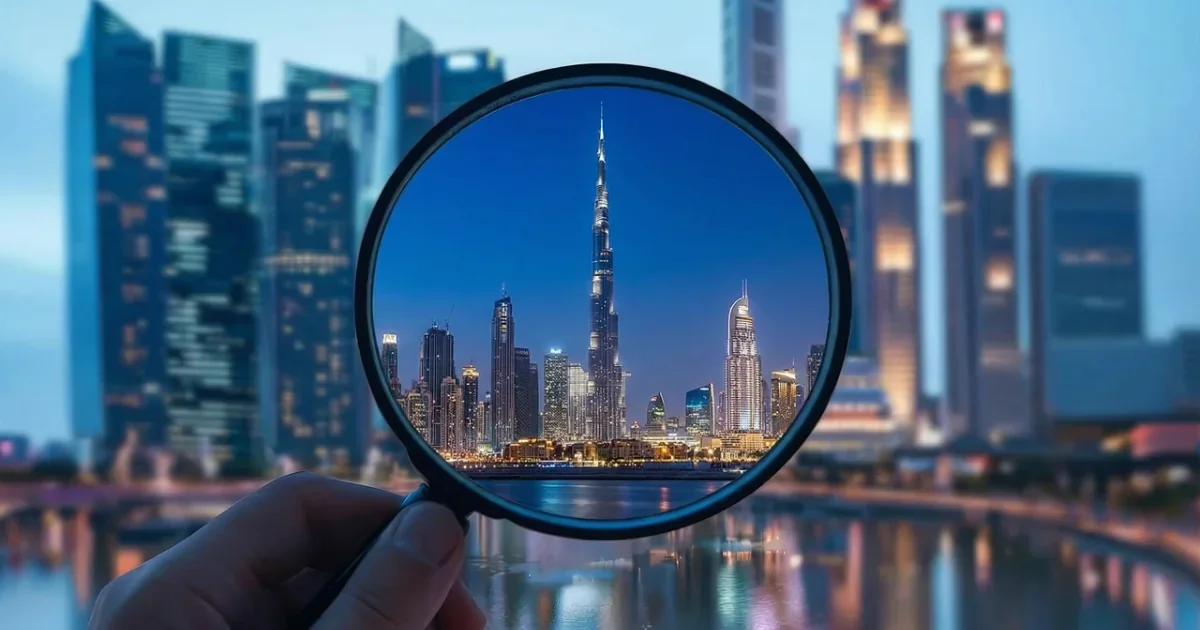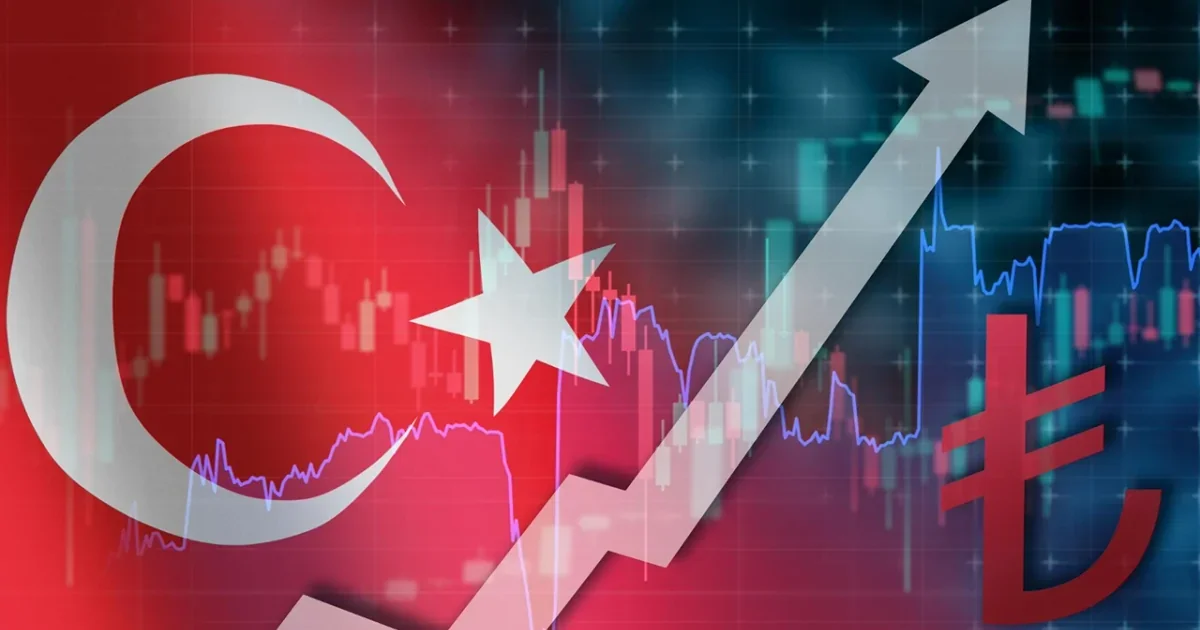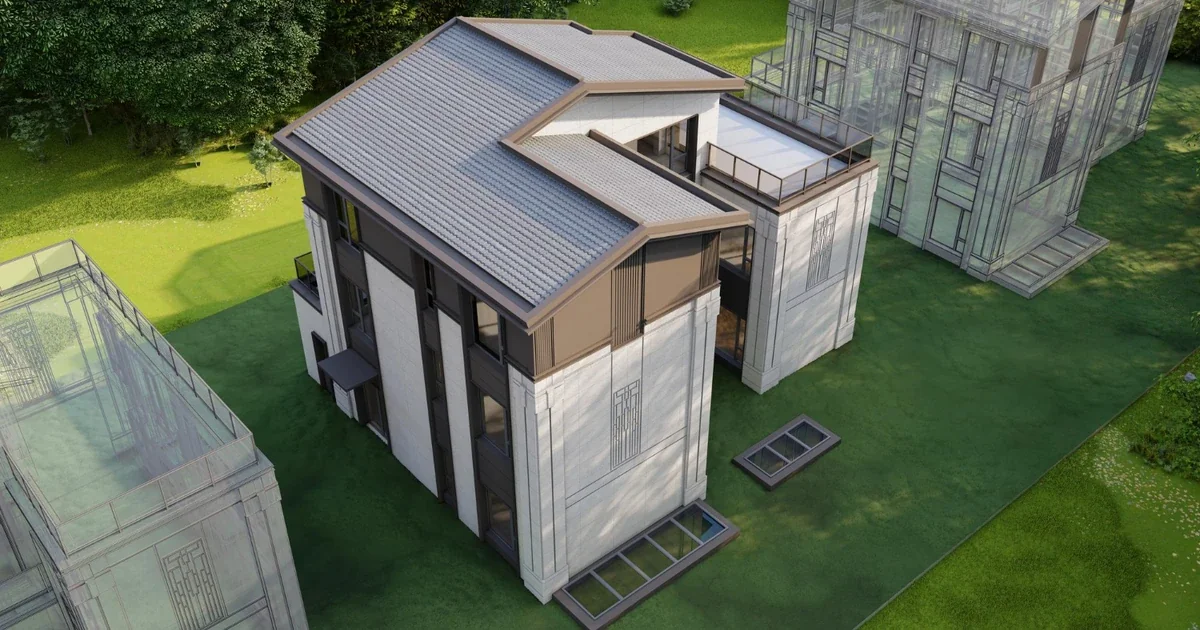Vision 2030 & Real Estate: How Projects Like Qiddiya and Diriyah Reshaped Riyadh
November 6, 2025
The transformation underway in Riyadh’s real estate market today is not a conventional cyclical surge; it is the result of a deliberate, top-down “re-engineering” process designed to reshape the Saudi capital’s economic and social fabric. In this new landscape, mega-projects such as “Qiddiya” and “Diriyah” are not merely urban additions—they are the new economic anchors and the beating cultural hearts of a multi-centered “New Riyadh.”
The analysis reveals a market experiencing powerful momentum underpinned by state policy. The data shows substantial and immediate price effects; for example, Grade-A office rents have grown by 80% since 2021, and land prices adjacent to the mega-projects have risen by 30%–40% since early 2023.
This article examines the deep links between these giga-projects and the tangible shifts in residential and commercial asset values, offering a strategic view for investors and observers of the Saudi market.
“Manufactured Demand” as the Fuel of Vision 2030
To understand Riyadh’s real estate transformation, one must first grasp the strategic “why” behind it. Vision 2030 is not just a set of goals; it is an ambitious national strategy to radically diversify the Saudi economy. Within this framework, real estate has not been seen merely as a sector that benefits from growth, but as a primary tool for driving that diversification.
The most distinctive feature of today’s Riyadh market is that demand is not only arising organically—it is being “manufactured” and engineered through clear government policies and social initiatives. This has created three main, durable demand engines:
- The Home-Ownership Engine (70% target): The government’s target to raise citizen home ownership to 70% by 2030 (compared with 63.7% in 2023) creates a vast, sustained base of demand for housing units. This goal is directly supported by programs such as “Sakani” and by state-backed mega-developers like ROSHN, which aims to develop 400,000 homes.
- The Regional Headquarters (RHQ) Program: This is the single most important driver for the commercial market. By requiring major global firms to establish regional headquarters in Riyadh, the government created immediate, substantial demand for high-quality Grade-A offices. Given scarce supply, this policy alone triggered a supply crunch and pushed rents up by 80%.
- The Tourism & Entertainment Engine: The ambitious target of attracting 150 million visitors annually by 2030 is the “reason for being” for projects such as Qiddiya and Diriyah. It creates a wholly new, massive demand channel for hospitality, retail, and short-stay residential assets.
What we are seeing is not a market betting on hopes of growth; it is a market driven by guarantees. The government does not merely “hope” for commercial demand—it actively creates it. This model significantly reduces development risk compared with many global markets.
The New Pillars of Riyadh: Analyzing Diriyah and Qiddiya
Riyadh is no longer a single-center city. Vision 2030 has created new centers of gravity that function as independent economic and cultural engines. “Diriyah” and “Qiddiya” are the clearest examples of this strategy.
1. Diriyah: The Kingdom’s Cultural Pulse and a New Locus of Luxury
“Diriyah” is not just a real estate development; it is the revival of a historic jewel. With a planned investment of $63 billion, this UNESCO World Heritage site is being transformed into a one-of-a-kind global destination.
- Asset Mix: Diriyah is a “fully walkable city” model designed to attract tourists, residents, and businesses.
- Ultra-Luxury Hospitality: The project will feature more than 40 luxury hotels and resorts, including leading global brands.
- Luxury Residential: Plans call for over 18,000 high-end residences with traditional Najdi architecture—creating a unique “heritage luxury” asset class.
- Economy & Business: The project will create 55,000 jobs and include a significant Grade-A commercial and office component tailored to RHQ-driven demand.
- Real-Estate Impact: Diriyah is forging a new ultra-prime submarket. Its impact is two-fold: first, a direct uplift in land prices in adjacent areas; second, setting a higher pricing benchmark for luxury residential and hospitality across North Riyadh.
2. Qiddiya: The Giant Global Hub for Entertainment
If Diriyah is the “cultural heart,” then “Qiddiya” is Riyadh’s new “entertainment and economic lung.” As a giga-project fully backed by the Public Investment Fund (PIF), Qiddiya is designed to be a capital of entertainment, sports, and tourism.
- Economic Anchor: Qiddiya’s role is to create an entirely new economic sector for Riyadh. With assets such as a Formula 1–grade racetrack, Six Flags theme park, and a major water park, this international hub for culture, sports, and entertainment is expected to attract 17 million visitors annually and generate 325,000 jobs by 2030.
- Real-Estate Impact: Qiddiya is the principal driver behind the rapid rise in land values along Riyadh’s southwest corridor—an area once overlooked. The 30%–40% land-price gains are a direct anticipation effect. The project calls for extensive residential and hospitality infrastructure to house 325,000 workers and serve 17 million visitors—effectively creating a self-sustaining new city.
Measuring the Shift: Two Markets, Two Driving Forces
The impact of these projects is not theoretical; it is clearly visible in market data showing a stark split between the dynamics driving the housing sector and those driving the commercial sector.
1. The Residential “Attractors” Revolution
The residential sector is expanding rapidly, powered by state-backed local demand (the 70% ownership target) and the city’s new “quality of life” proposition.
- Price & Volume Boom: Residential transaction volumes in Riyadh rose 51.6% year-on-year (to Q2 2024), with sales value reaching SAR 26.6 billion.
- “Mega-Project Premium”: This is the direct causal link: areas around Diriyah and Qiddiya have seen land prices rise 30%–40% since early 2023.
- Developer Response: ROSHN (PIF-backed) is moving to bridge the gap, launching mega-communities such as SEDRĀ and targeting a total of 400,000 homes.
2. Offices & Commercial: A “Sprint” Toward Scarcity
The commercial story is entirely different. It is not about organic growth; it is about policy-driven scarcity.
- Regional Headquarters (RHQ) Program: Together with a severe shortage of Grade-A supply, RHQ has created a clear “landlord’s market.”
- Data: Grade-A vacancy in Riyadh sits at just 2%–3%—effectively “no vacancy”—driving an 80% rise in rents since 2021.
- Supply Pipeline: The market is racing to catch up: over 900,000 m² of Grade-A office stock is slated for delivery by end-2026, with projects like “Diriyah Gate’s commercial components” as key pillars of this pipeline.
This analysis reveals what might be called “the great bifurcation”: the residential sector (driven by social policy) and the commercial sector (driven by economic policy) are powered by two distinct, state-backed forces.
Enabling Infrastructure: The Value Multipliers
The value of these mega-projects cannot be understood in isolation. Their value is “unlocked” and distributed across the city through infrastructure and quality-of-life initiatives.
- Metro Effect: Recent studies show measurable “price add-ons” from the new Riyadh Metro. In Al-Yarmouk, for example, villa values within a 15-minute walk of a metro station jumped 78% between Q2 2023 and Q2 2025. The Metro is the artery that will directly link downtown with Diriyah and Qiddiya.
- Green Effect: To attract top global talent for RHQ and higher-spending tourists, Riyadh must be a highly “livable city.” The creation of King Salman Park—set to be the world’s largest urban park—and the Riyadh Green initiative with 7.5 million trees fundamentally elevate central Riyadh’s value proposition and “quality-of-life level,” positively impacting nearby residential prices.
Outlook & Investment Opportunities (2025–2030)
Riyadh’s real estate future is not speculative; it is driven by a fixed calendar of global events. Expo 2030 and the 2034 FIFA World Cup serve as highly focused milestones that compel rapid project execution and give investors clear visibility on demand, construction, and delivery.
Despite the immense opportunities, certain risks remain—notably supply-chain and construction-cost pressures, and the potential for oversupply in retail (not offices) by 2027.
Conclusion: Investing in a “Multi-Centered City”
Riyadh is no longer a “single-core” city. Vision 2030 has successfully created powerful new economic and cultural hubs. The property market now reflects this new multi-center reality: value is no longer measured by “proximity to the center,” but by “proximity to the right center”—whether cultural, entertainment, or business-oriented.
Based on this analysis, investors can track three distinct strategies:
- “Mega-Project” Strategy: Long-term positions in ultra-prime assets within or adjacent to Diriyah and Qiddiya to capture the full “destination premium.”
- “Infrastructure” Strategy: Target established neighborhoods within a 15-minute walk of new Riyadh Metro stations to capture the “metro premium.”
- “Scarcity” Strategy: Time-sensitive, specialized commercial investments focused on developing or acquiring Grade-A offices to meet immediate RHQ-driven demand.
Today’s Riyadh property landscape is complex, fast-moving, and underpinned by unprecedented economic and strategic foundations—opening vast horizons for investors able to read the new transformation map.
Read also:
Keywords
What is your budget?
Recommended Articles

December 15, 2025
How to Choose the Right Property in the UAE? 2026 Investor Guide
How to choose the right property in the UAE for 2026. A comprehensive guide covering best areas, ROI calculation, and off-plan buying risks.

November 13, 2025
Turkey’s 2025 Economic Program: How Will It Affect Inflation, the Lira, and the Real Estate Market?
The new Turkish economic program: what it means for investors and how it will impact inflation, the lira, and real-estate investment opportunities in Turkey.

July 8, 2025
Modular vs. Traditional Construction: Speed, Cost, and Durability
A comparison of modular and traditional construction in terms of execution speed, project costs, and durability—essential insights for real‑estate investors.
